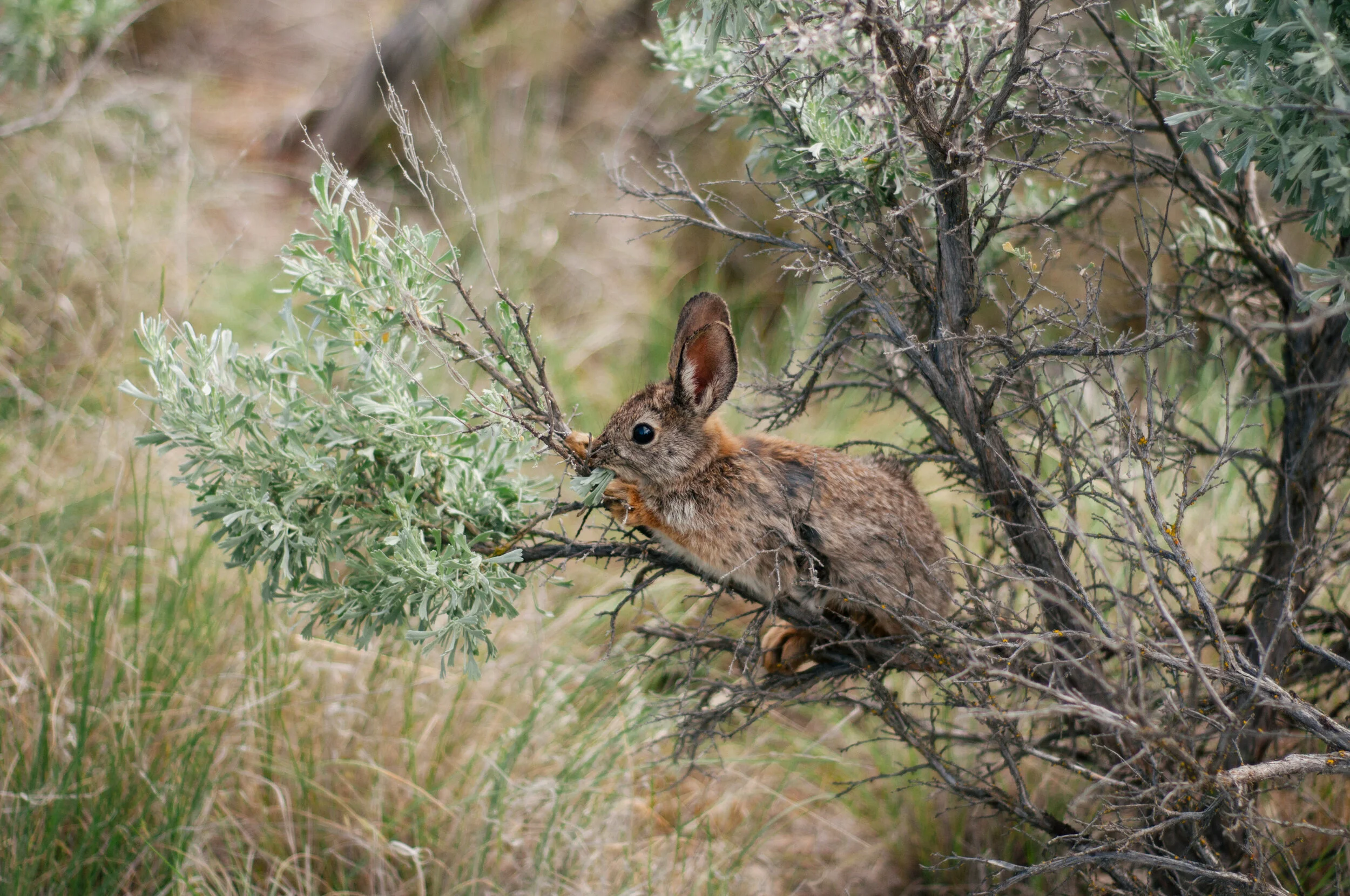The Two-Minute Takeaway
A quick explanation of scientific terms and concepts we use regularly in conservation
Visitors to our Moses Coulee preserve usually have one big question to ask when they meet with a Nature Conservancy staff member: “What is a coulee!?”
Geologically speaking, a coulee is a gully or a ravine that is usually dry and was cut by water action. The term coulee comes from the Canadian French word coulée, derived from the French word couler, meaning “to flow."
So how did Washington’s Moses Coulee form?
There is amazing geologic history behind the breathtaking landscape of Moses Coulee. Between 17 million and 6 million years ago, basalt flooded the area in the form of lava. This is the composition of the walls of the coulee today. It is the geologic structure of the basalt that give the top of the coulee walls a columnar appearance.
Near the end of the last ice age, around 12,000 years ago, catastrophic floods from Glacial Lake Missoula sent thundering waves of water with great force and magnitude over much of Eastern Washington, carving out Moses Coulee. Scientists are still studying and debating the number of these floods and their source.
Banner photo by Keith Lazelle



























